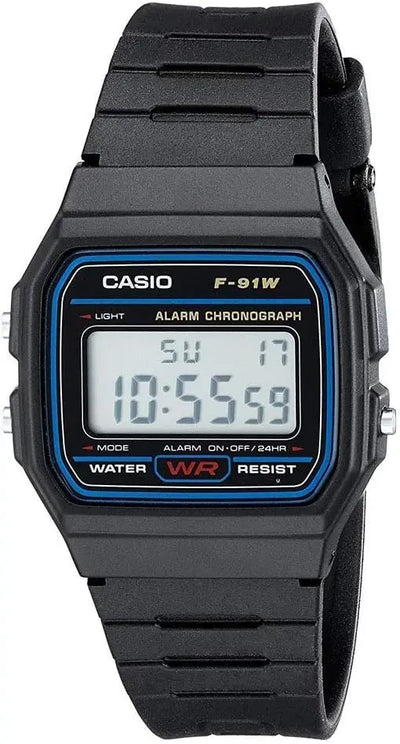
What is the best-selling watch in the world?
Which watch is the best-selling in the world among all the brands and models available on the market? We will explore...

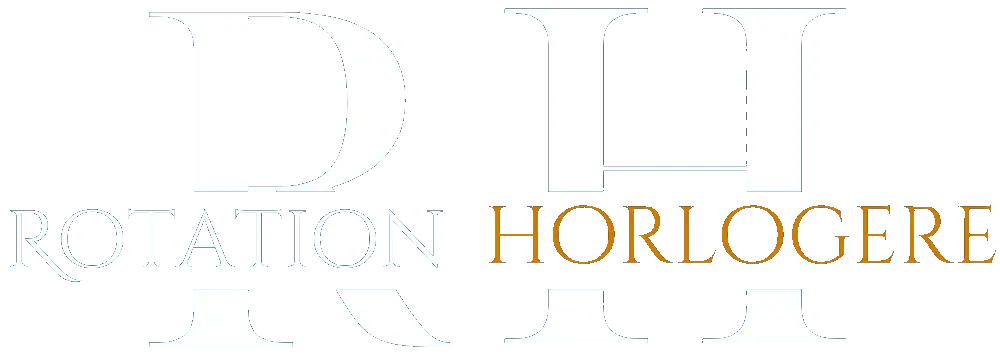
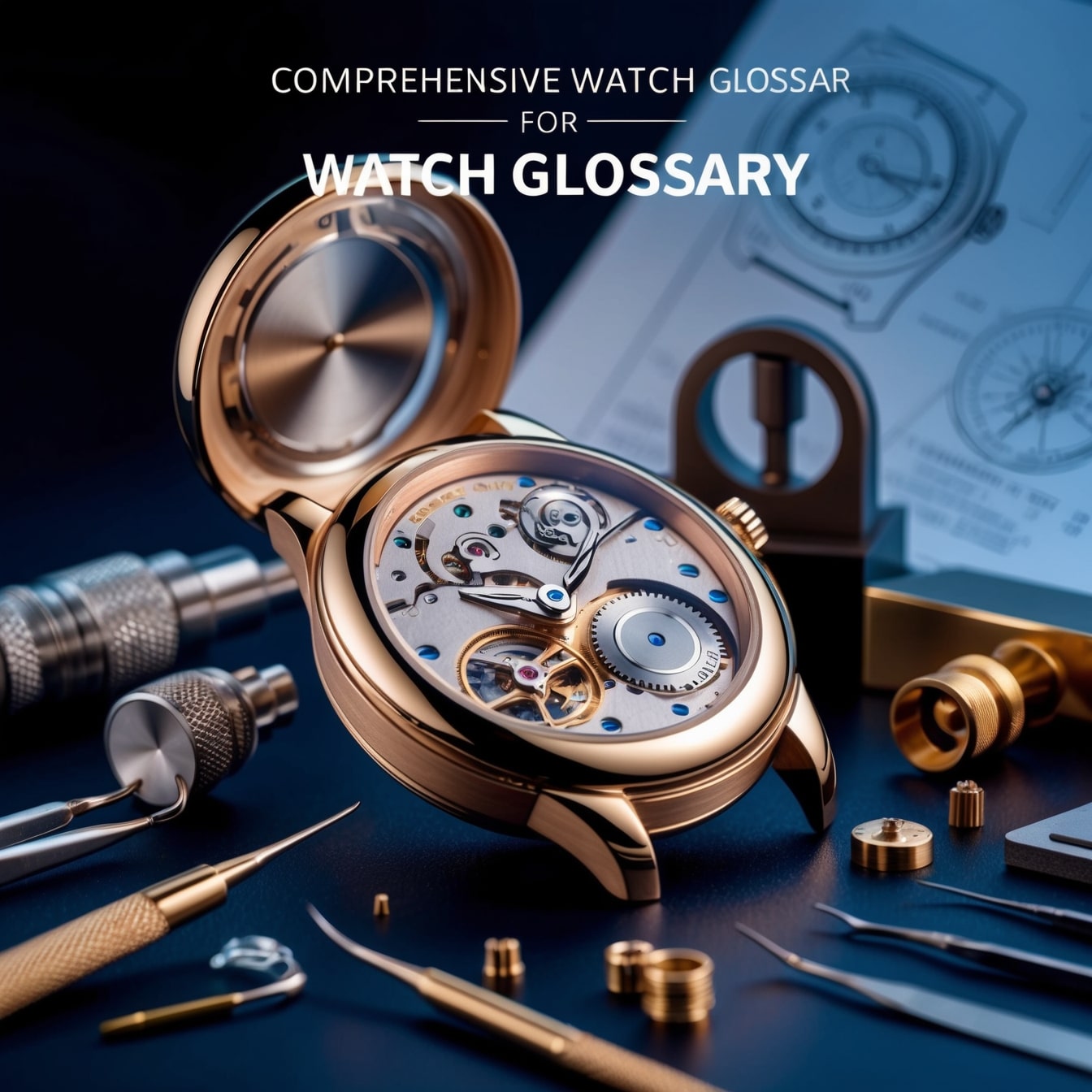
Welcome to the fascinating world of watchmaking! Whether you are a passionate amateur or a seasoned expert, this comprehensive glossary will guide you through the technical terms and key concepts that make the heart of your favorite watches beat. Let's dive together into this world where every second counts!
Alternation refers to the back and forth movement of the balance wheel of a watch. It is this regular movement that allows time to be measured accurately.
The balance wheel is the regulating organ of a mechanical watch. It oscillates regularly, thus controlling the rate at which the energy of the mainspring is released.
The caliber is the entire mechanism of a watch, including all the parts necessary for its operation. Each brand has its own calibers, often numbered.
A chronograph is a watch with an additional function to measure short intervals of time, usually with push buttons to start, stop, and reset.
A complication is any function of a watch beyond the simple display of hours, minutes, and seconds.
The Swiss Official Chronometer Testing Institute (COSC) is the body that certifies the precision of Swiss watches.
The crown is the button on the side of the watch, used to wind the mechanism and set the time.
The date display is a mechanism that displays the date on the watch dial.
The escapement is a crucial mechanism that regulates the release of energy from the mainspring to the balance wheel, ensuring the accuracy of the watch.
Finishing refers to all the decorative and perfecting operations applied to the components of a watch. High-quality finishing is a mark of prestige in watchmaking.
Guilloché is a decorative technique that involves engraving repetitive geometric patterns on a metal surface, often the dial or case of a watch.
Haute Horlogerie refers to the pinnacle of watchmaking art, characterized by exceptional finishes, sophisticated complications and often limited production.
The porthole is a transparent opening in the bottom of the case allowing you to see the movement of the watch.
The Incabloc is an anti-shock system that protects the balance wheel from shocks and vibrations.
Indexes are the markings on the dial indicating the hours, often in the form of sticks or numbers.
The bezel is the ring that surrounds the watch face, sometimes rotating for specific functions.
The movement is the "engine" of the watch, the set of mechanisms that make the watch work. It can be mechanical, automatic or quartz.
The oscillator is the heart of the movement, composed of the balance wheel and the hairspring. Its regularity determines the precision of the watch.
The perpetual calendar is a watch complication that correctly displays the date, day, month and year, including leap years, without manual adjustment until 2100.
The minute repeater is a prestigious complication that allows the watch to sound the hour, quarters and minutes on demand, usually by pressing a pusher.
Mother of pearl is an iridescent natural material often used for luxury watch dials.
The eyelet is the hole through which the balance shaft passes.
The plate is the base plate on which the components of the movement are mounted.
The power reserve indicates the time remaining before the watch stops if it is not wound.
A chime is a complication that causes the watch to sound at regular intervals (usually the hours and quarters) without manual intervention.
The tourbillon is a rotating mechanism that compensates for the effects of gravity on the precision of the watch. It is one of the most prestigious and complex complications.
Ultrasonic cleaning is a technique used by watchmakers to deeply clean the components of a watch without damaging them.
Vacheron Constantin is one of the oldest continuously operating watch manufacturers, founded in 1755 in Geneva. It is synonymous with Haute Horlogerie and tradition.
A skeleton watch is a watch whose dial and movement have been hollowed out to reveal the internal mechanisms.
The tachymeter is a scale on the dial or bezel that measures average speed over a given distance.
Blued screws are steel screws heated to a blue color, often used in high-end movements.
Zenith is a renowned Swiss watch manufacturer, particularly for its El Primero movement.
Watchmaking uses a variety of materials, each with its unique properties:
The decoration techniques add aesthetic value and demonstrate the manufacturer's know-how:
The history of watchmaking is rich in innovations:
Watchmaking is a constantly evolving field, combining centuries-old tradition and technological innovation. Each term in this glossary represents centuries of know-how and passion. Whether you are a collector, an amateur or simply curious, the world of watchmaking always has new discoveries in store for you.
To deepen your knowledge, here are some essential resources:
Remember, the best way to learn is to do it yourself. Why not start by opening a watch yourself? With the right tools and a little patience, you could discover an exciting new hobby!
Q: What is the difference between a mechanical watch and an automatic watch?
A: A mechanical watch must be wound manually, while an automatic watch is wound by the movements of the wearer's wrist.
Q: Why are luxury watches so expensive?
A: Luxury watches are expensive because of the quality of materials used, the complexity of their mechanism, the manufacturing time and the brand.
Q: How do I maintain my automatic watch?
A: To maintain your automatic watch, use a watch winder when you are not wearing it, avoid magnetic fields and have it serviced regularly by a watchmaker.
Q: What is a COSC certified watch?
A: A COSC certified watch has passed rigorous precision tests by the Swiss Official Chronometer Testing Institute, guaranteeing its high performance.
Q: How do I choose my first luxury watch?
A: When choosing your first luxury watch , consider your budget, lifestyle, desired features, and brand reputation. Don't hesitate to try on several models before making your choice.

Which watch is the best-selling in the world among all the brands and models available on the market? We will explore...
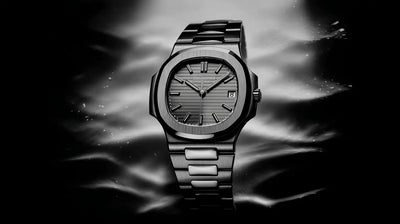
It leaves no trace. No scratches, no dents. Nothing visible. And yet, magnetism is one of the quietest enemies of your automatic watch. ...
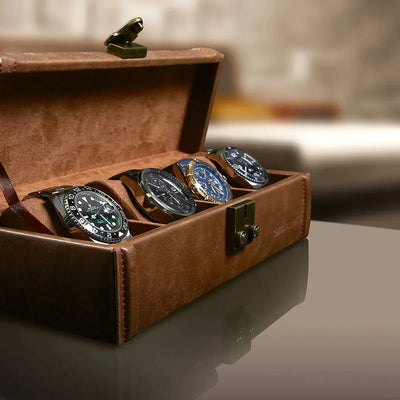
The world of watch boxes offers a multitude of options to meet various needs and preferences. From a simple storage box to...
1 comment
Merci pour le glossaire mais je ne trouve nulle part l’explication d’une abréviation que nous pouvons trouver au dos de certaines montres en or, il s’agit des deux lettres( Ms ), si je lis convenablement au dos du boîtier dans la plupart des cas de figure plein .
Merci par avance de répondre et de m’ expliquer.
Cordialement.
Garmon
Leave a comment
This site is protected by hCaptcha and the hCaptcha Privacy Policy and Terms of Service apply.